Colour Match Easy exchanges until you find the perfect match! Free Skin Care Sample with Every Purchase
SPF Skin Care: Separating Fact from Fiction
In the ever-evolving world of skincare, one topic that continues to generate both fascination and confusion is sun protection factor (SPF). As the importance of shielding our skin from harmful UV rays becomes increasingly recognized, it's crucial to separate the facts from the myths surrounding SPF. In this comprehensive blog post, we'll dive deep into the science behind SPF, debunk common misconceptions, and provide you with the knowledge to make informed decisions about your sun protection routine.
The Science of SPF
At its core, SPF is a measure of how effectively a sunscreen can protect your skin from the sun's ultraviolet (UV) radiation. The number on the label, such as SPF 30 or SPF 50, represents the fraction of the sun's UV rays that reach the skin. For example, an SPF 30 sunscreen allows only 1/30th of the sun's burning radiation to reach the skin, while an SPF 50 sunscreen allows 1/50th.
It's important to note that SPF only measures protection against UVB rays, which are the primary cause of sunburns. To ensure comprehensive protection, it's crucial to also look for sunscreens that offer broad-spectrum coverage, which means they shield against both UVB and UVA rays. UVA rays are responsible for deeper skin damage, such as premature aging and the development of wrinkles.
Myth: Higher SPF Means Better Protection
One of the most persistent myths about SPF is that a higher number automatically translates to better protection. While it's true that a higher SPF does provide increased protection, the difference in effectiveness becomes less significant as the SPF value increases.
For example, an SPF 30 sunscreen blocks approximately 97% of UVB rays, while an SPF 50 sunscreen blocks 98%. The difference in protection is only 1%, yet many people mistakenly believe that an SPF 50 sunscreen is twice as effective as an SPF 30.
The key takeaway is that SPF 30 is considered the minimum recommended level of protection, and anything above SPF 50 provides only marginally better shielding. The most important factor is ensuring that you apply the sunscreen liberally and reapply it regularly, regardless of the SPF value.
Myth: Sunscreen Causes Vitamin D Deficiency
Another common misconception is that using sunscreen can lead to vitamin D deficiency. While it's true that our bodies produce vitamin D when exposed to sunlight, the amount of sun exposure needed to maintain healthy vitamin D levels is relatively small.
In fact, studies have shown that the benefits of using sunscreen to protect against skin cancer and premature aging far outweigh the potential impact on vitamin D production. Additionally, many foods, such as fatty fish, egg yolks, and fortified dairy products, are excellent sources of vitamin D, making it easy to maintain healthy levels through dietary intake.
Myth: Sunscreen Causes Acne
Some people believe that using sunscreen can clog pores and lead to breakouts, but this is not entirely accurate. While certain sunscreen formulas, particularly those with heavy, greasy ingredients, can contribute to acne in some individuals, there are many oil-free, non-comedogenic (non-pore-clogging) options available.
The key is to choose a sunscreen that is specifically formulated for acne-prone skin, as these products are designed to provide sun protection without exacerbating breakouts. Additionally, proper application and removal of sunscreen can help minimize the risk of clogged pores and acne.
The Importance of Reapplication
One of the most critical aspects of effective sun protection is reapplication. Regardless of the SPF value, sunscreen can only provide its full protective benefits if it is applied liberally and reapplied every two hours, or more frequently if swimming or sweating.
Many people make the mistake of applying a single layer of sunscreen and assuming they are fully protected. In reality, the average person only applies about 25-50% of the recommended amount of sunscreen, which significantly reduces its effectiveness.
To ensure optimal protection, it's recommended to apply approximately one ounce (a shot glass full) of sunscreen to the entire body, and to reapply every two hours, or more often if engaging in water activities or heavy sweating.
Choosing the Right Sunscreen
With so many sunscreen options on the market, it can be overwhelming to select the right one for your skin type and needs. When choosing a sunscreen, consider the following factors:
- Broad-spectrum coverage: Look for a sunscreen that protects against both UVA and UVB rays.
- SPF 30 or higher: As mentioned earlier, SPF 30 is the minimum recommended level of protection.
- Skin type: Choose a formula that is non-comedogenic (non-pore-clogging) if you have acne-prone skin, or a moisturizing formula if you have dry skin.
- Texture and application: Some people prefer a lightweight, fast-absorbing formula, while others may prefer a thicker, more emollient sunscreen.
- Water resistance: If you'll be engaging in water activities or sweating, look for a water-resistant sunscreen.
Remember, no sunscreen is truly "waterproof" or "sweatproof," so reapplication is still essential, even with water-resistant formulas.
Conclusion
Navigating the world of SPF and sun protection can be a daunting task, but with the right information, you can make informed decisions to keep your skin healthy and protected. By understanding the science behind SPF, debunking common myths, and following best practices for application and reapplication, you can enjoy the outdoors with confidence, knowing that your skin is well-shielded from the sun's harmful rays.
Remember, sun protection is not just about preventing sunburns; it's also a crucial step in maintaining long-term skin health, reducing the risk of skin cancer, and slowing the signs of premature aging. Embrace the power of SPF and make it an integral part of your daily skincare routine for a lifetime of radiant, youthful-looking skin.
 Free Next Day delivery from the UK
Free Next Day delivery from the UK
 Easy UK Based Returns
Easy UK Based Returns

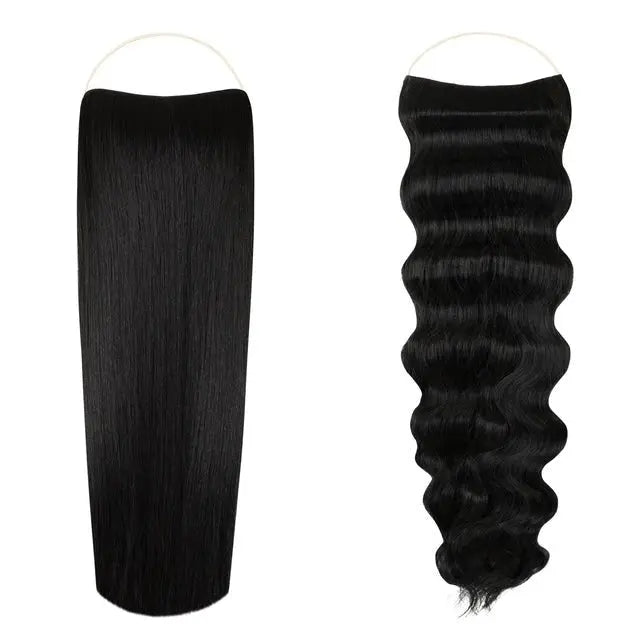
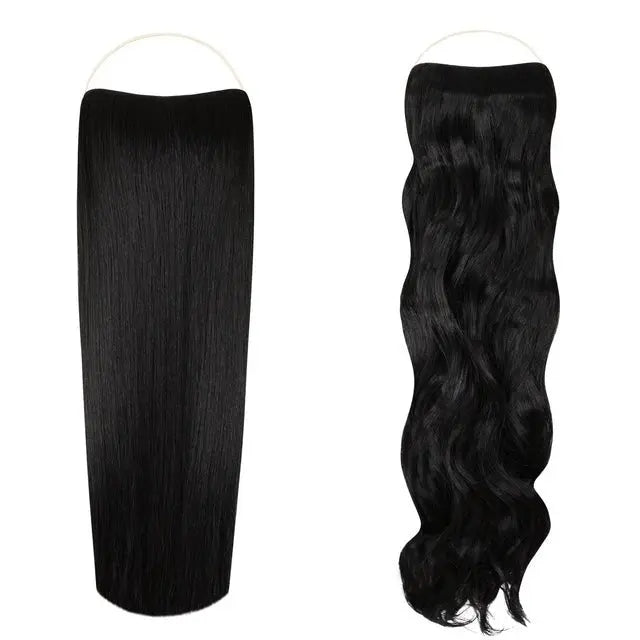
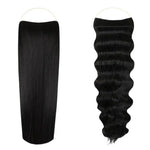
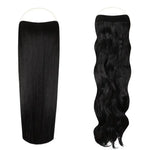
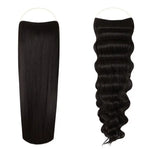
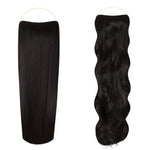
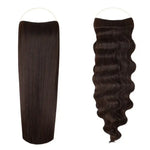

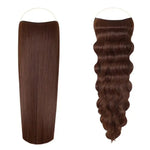

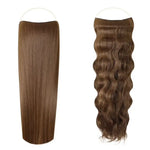

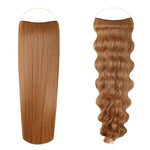

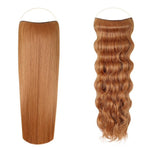


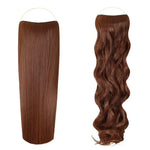
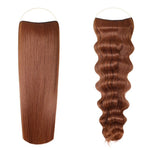
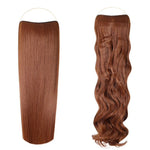
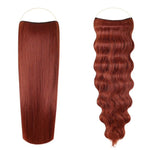
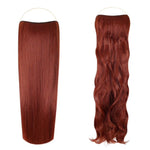






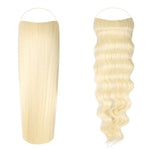
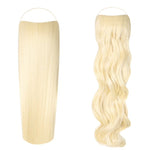


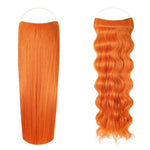

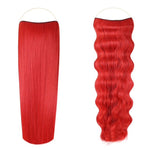




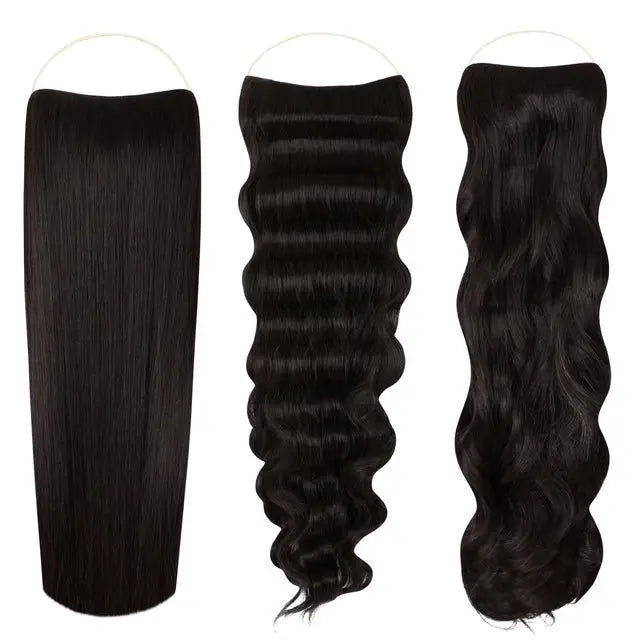
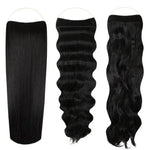



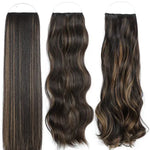



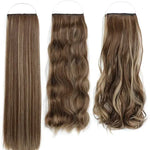



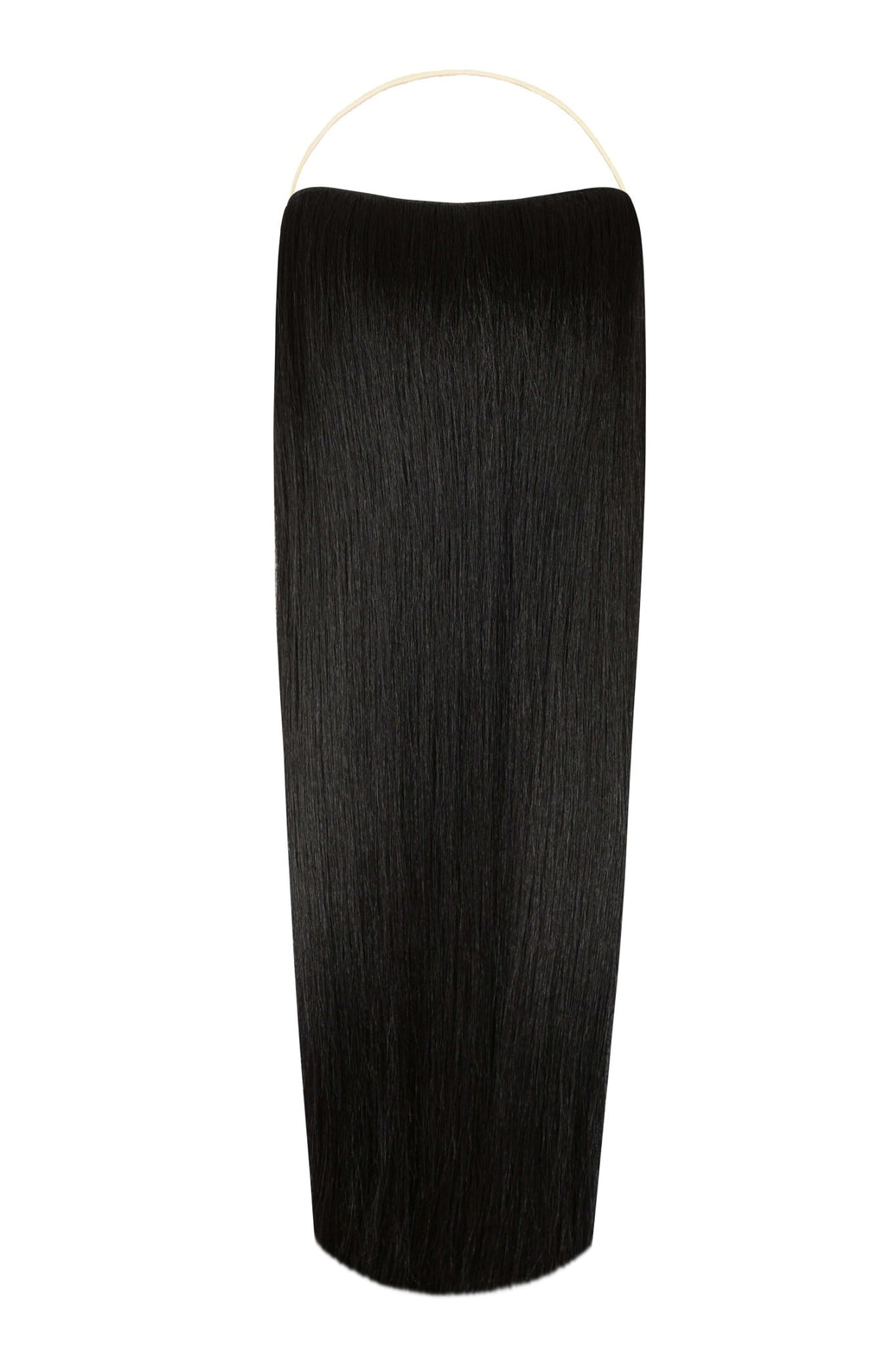
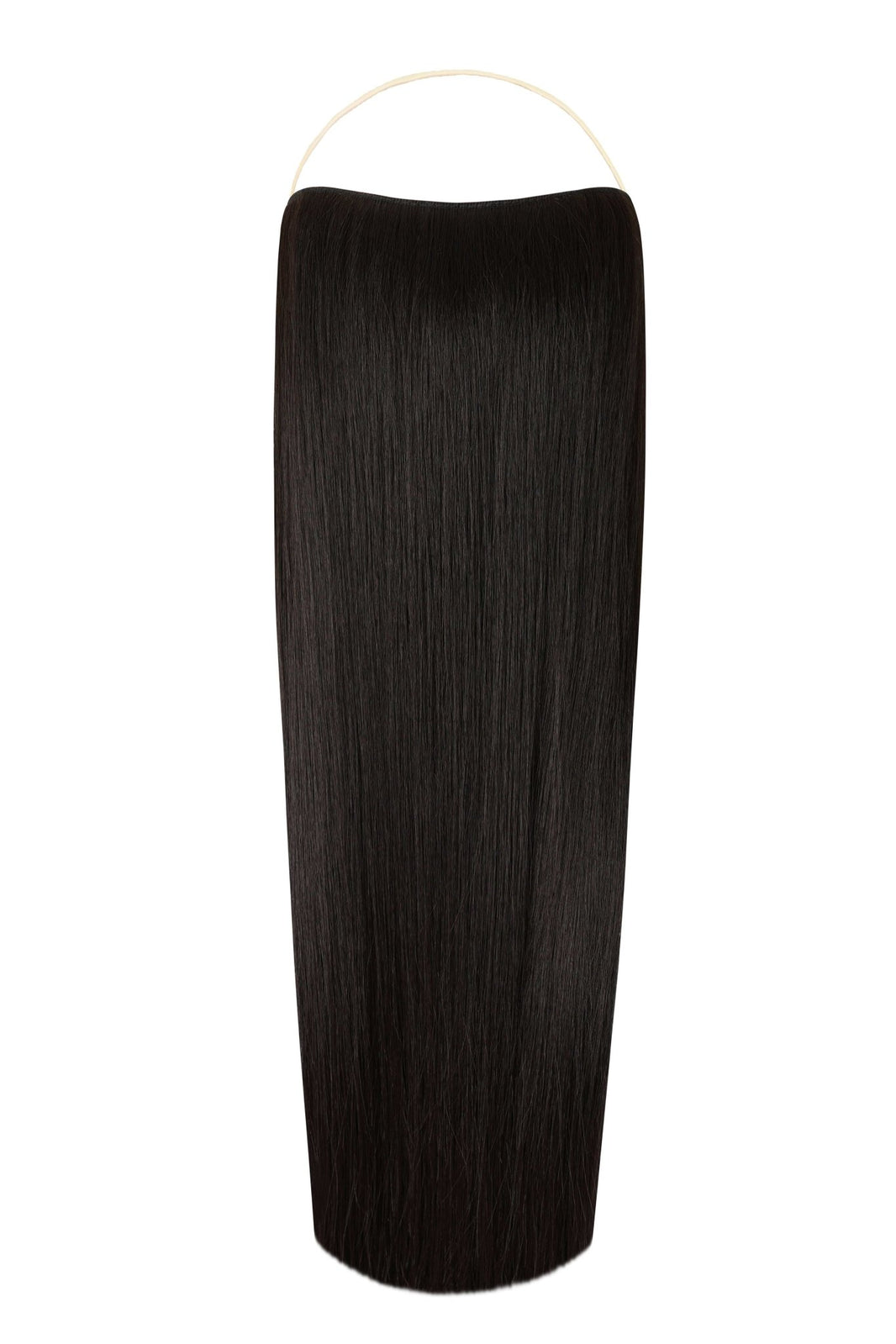
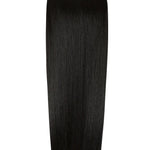
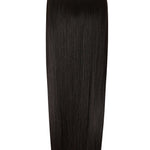
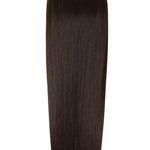
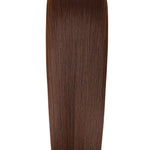
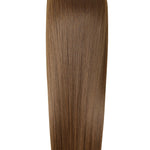



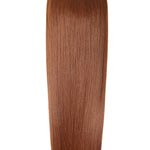









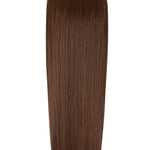



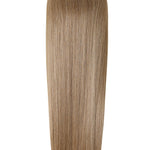



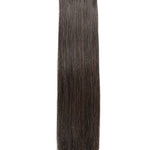
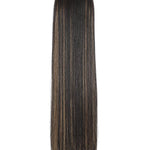







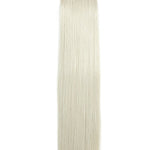



Leave a comment